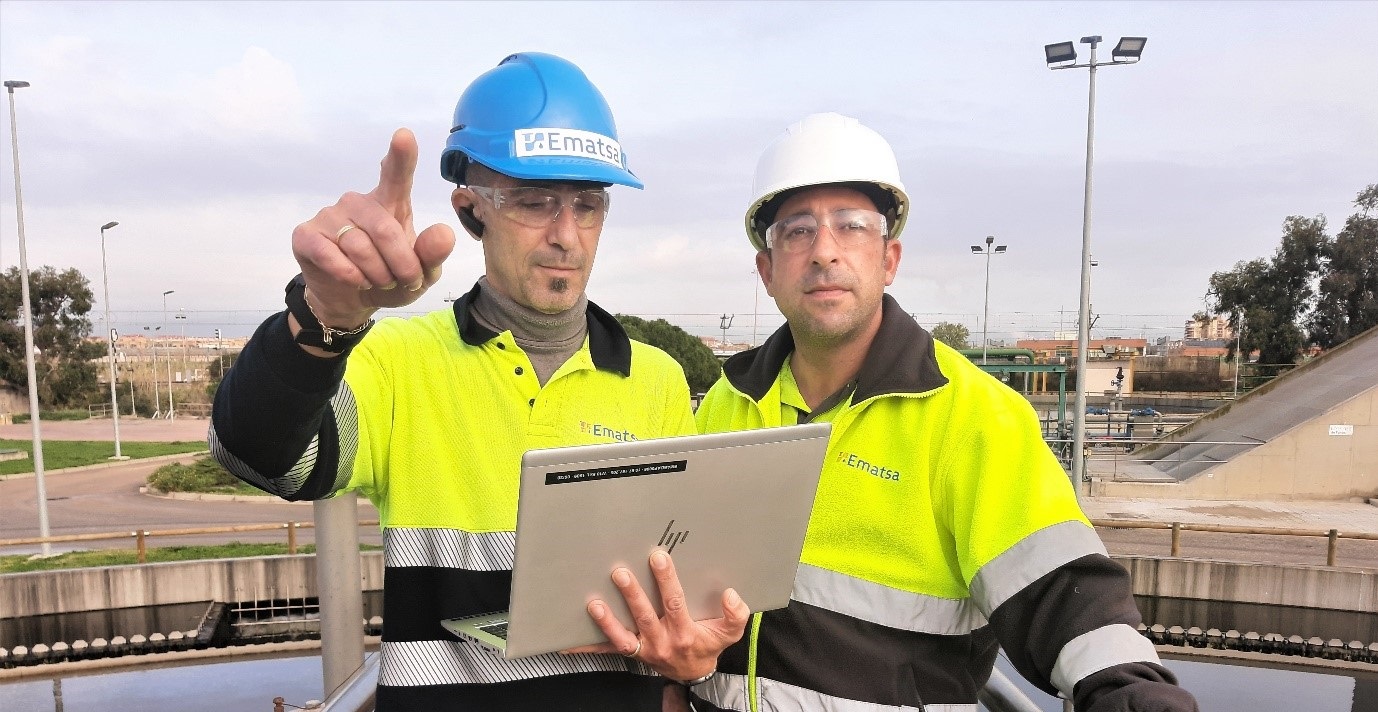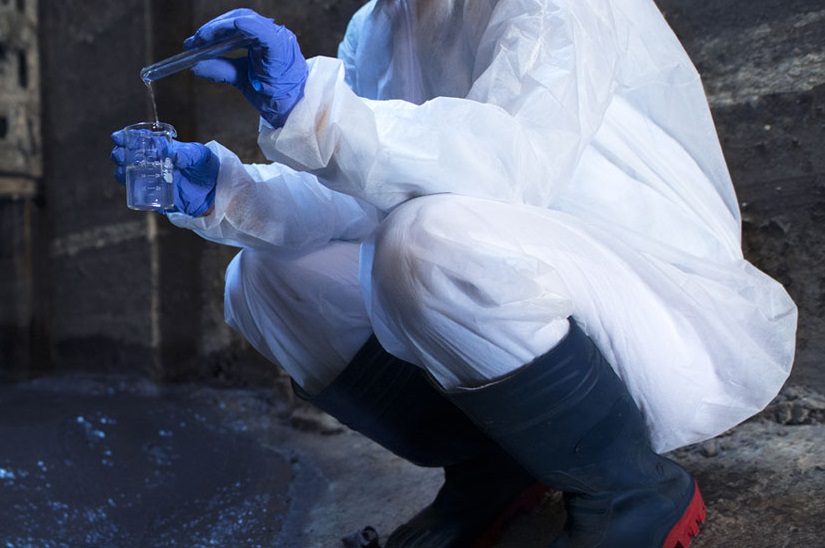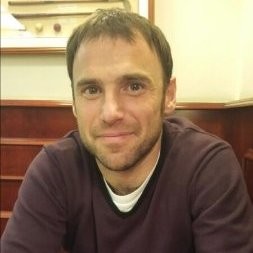Innovation at Ematsa
Everyone’s invited!
The Empresa Municipal Mixta de Aguas de Tarragona S.A., is a joint venture between Tarragona City Council (51%) and Sorea AGBAR Group (49%), managing the integrated water cycle as well as complementary engineering and laboratory services. With over 35 years’ experience and a staff of approximately 120 professionals, Ematsa provides its services mostly in the city of Tarragona and in different adjoining towns.

Its success has been achieved by empowering each worker to imagine the future.
Given the monopolistic situation in water cycle management, in Ematsa there has always been a shared great responsibility for the provision of an excellent service. This excellence is not something you achieve once and for ever. It is something to be pursued and maintained to the highest standards in a society which evolves and changes very quickly, and which requires professionals to adapt continuously within a VUCA (Volatile, Uncertain, Changing and Ambiguous) environment.
2020 has been a harsh year in which we experienced first-hand the unexpected challenges that appear in front of us from one day to the next (severe water storms, dry periods, heavy rains, pandemic situations, network breakdowns, etc.) Even a pandemic cannot become an excuse to interrupt water distribution and sanitation services. From all these situations, we have learned that concepts such as resilience and disruptive thinking have become indispensable key elements in our strategic planning and technical operations.
Ematsa understands innovation in all sustainability vectors (environmental, economic, social or sanitary) as a cross-cutting skill, deeply embedded in our corporate culture and involving each one of our staff. Needless to say, this is not only about technology, but about feeling free and motivated to ask new questions based on what we see around us, using what we have previously learned. Although being a crucial element for innovation, technology is a just a tool to innovate, but innovation itself is the true objective, the true purpose.
Some time ago, there was an extra effort on how to structure and organise innovation within the company to make it as effective and efficient as possible. The outcome of this rethinking resulted in the four following pillars:
- Creation of a four person Innovation Committee (led by the CEO who picks the members). This Committee steers the company’s innovation strategy. Members represent different areas of the business.
- Identification in every department of a proactive, skilled person to coordinate innovation activity and act as a point of contact with the Innovation Committee. Meetings with all Innovation Coordinators are scheduled when necessary.
- Innovation coordinators lead and run innovation surveillance within each department, helped by the most proactive work colleagues to identify innovation possibilities.
- Each and every employee receives innovation training during which they are invited to make proposals to improve any aspect of company activity. It is believed that nobody knows more about an activity than the person who does it every day. The thing that the company must guarantee is a good innovation atmosphere, preventing fear of rethinking and questioning the status quo.

As can be seen, this innovation framework is designed ensure that nobody is left out. Everybody is invited to innovate. Any of us, at any moment can have a good idea – as crazy as it may seem. The pathway to take this idea to the Innovation Committee must not only be wide open, but periodically relaunched amongst staff and its effectiveness re-tested from time to time.
To illustrate this model, we are very proud to explain the case of the Risk Alert System (RAS). This is a project which started with an idea of two from our employees, who knew how tedious and time-consuming the effort to update risk information was when running activities in certain facilities. They realised that currently deployed devices such as Bluetooth-enabled tablets and mobile phones allowed the geolocation and tracking of equipment used by staff in these facilities; thus if the equipment was able to know where the device was at a particular moment, it could also digitally provide the latest risk information in real time.
The idea was brought to the Innovation Committee, and after evaluation by its members, a budget was assigned to test its feasibility. Three years later, the tests have not only proved it to be a useful improvement, but the project also generated multiple new possibilities since that moment. Today, all facilities in the company are equipped with e-beacons which launch security information to the operator’s field equipment, making sure they have access and that they check the updated information before starting their operative tasks. At this moment, smartwatches and a personalised app have been added to the project. With these new devices, items like pulse rate, real time location and instant messaging have become new alert possibilities for healthcare, and with the appropriate setup, they even allow automatic calls to our control centre in case of an emergency.
We’d like to make clear though, that under no circumstances are individual personal data stored, and they are only used in real time to feed the algorithm which determines whether somebody is under a potential threat in order to send the appropriate alert.
The Risk Alert System has proven to be a hugely useful tool to take care of Ematsa’s personnel, but beyond that, it has shown that its success has been achieved by empowering each worker to imagine the future and to count on technology; overall, moreover, that Ematsa’s management is always glad to collect ideas and, whenever this is possible, to provide the necessary means to turn them into projects and make them real.
Share This Story!

European Workplace Innovation Network (EUWIN)
EUWIN was established by the European Commission in 2013 and is now entirely supported by contributions from an international network of partners co-ordinated by HIVA (University of Leuven). EUWIN also functions as a network partner for the H2020 Beyond4.0 project.
Contact: Workplace Innovation Europe CLG (contact@workplaceinnovation.eu).

